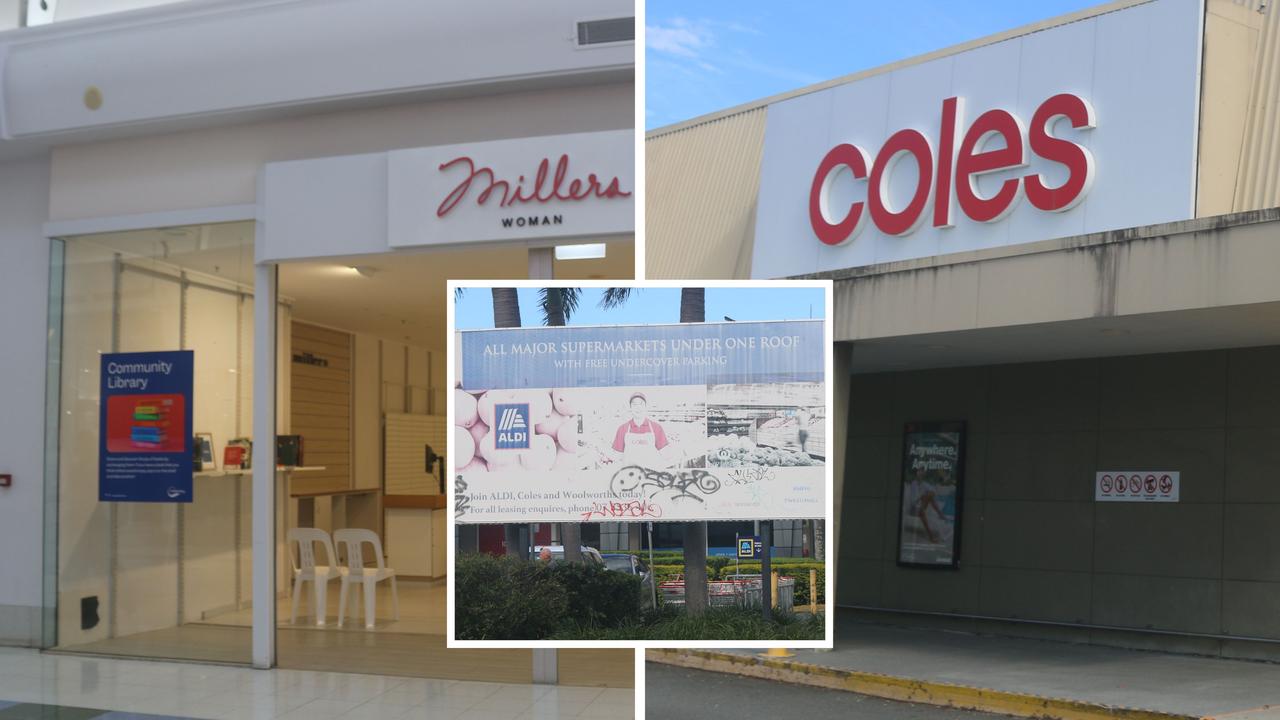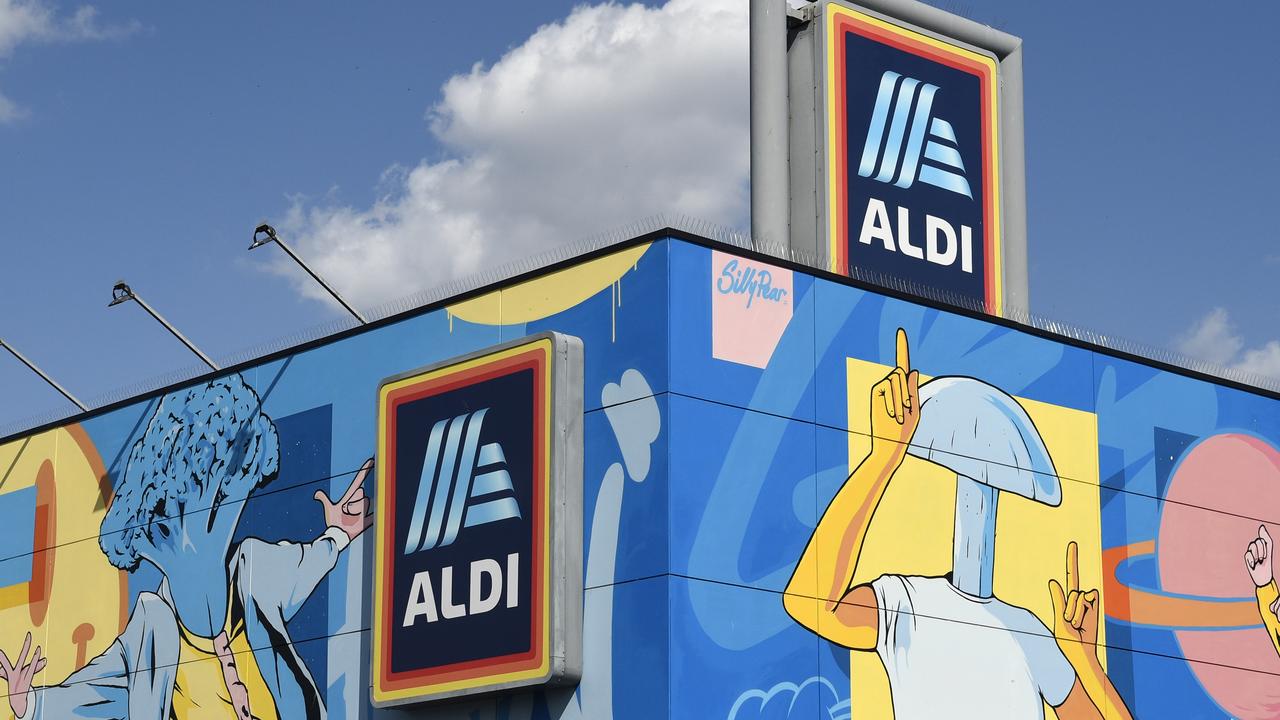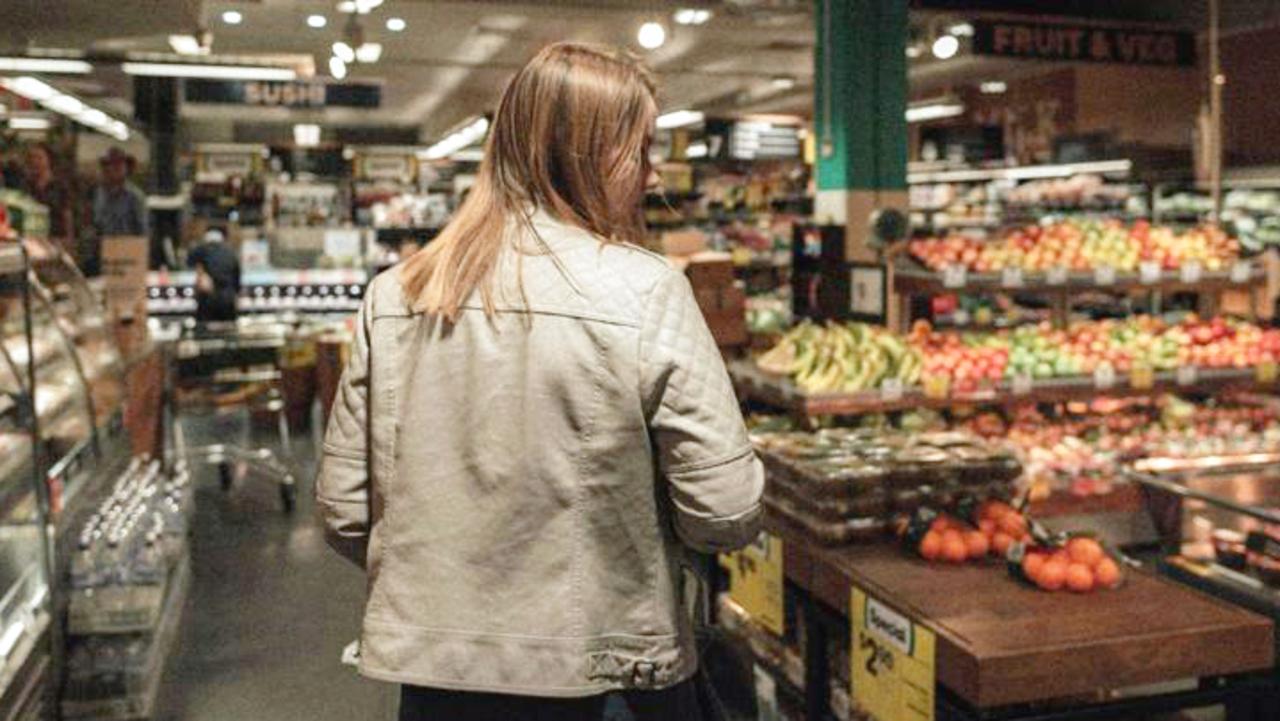Sneaky trick to fool the Woolies Rewards card
SHOPPERS hate the new Woolies card, but this woman has a genius trick she uses to get seven times the rewards.
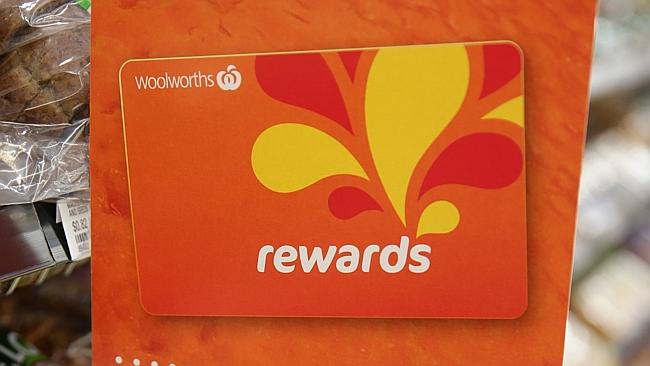
THE revamped Woolworths Rewards card has gone down like a lead balloon with shoppers, but this woman has a genius trick she uses to beat the system.
Like all rewards programs, the rewards card is a data harvesting tool, with the supermarkets tracking your shopping habits to help them tailor special offers and marketing, among other things.
For example, if you haven’t shopped for a while, Woolworths will often try to lure you back into the store with cash back on your next shop. So news.com.au reader Lisa has a pretty simple solution: she uses two cards.
“Woolies recognises when you don’t shop there and tries to win back your business by giving cash offers,” she said. “I generate this by having two Woolies cards and alternating them depending on which one is giving me cash back.”
The same goes for online shopping — she simply has two accounts, one in her married and one in her maiden name.
“It works for me and I’ve not lost out on Woolies Dollars as a result with the card change,” she said. “They keep falling over themselves to send me ‘$20 off your next shop’ offers.”
Lisa, a chartered accountant, said since there was a Coles nearby, she only went to Woolworths if she had an offer on one of the cards.
“I’ve got a pretty well-paying job, we just scrimp because my father went bankrupt when I was young, so we’ve always been that way,” she said.
And she said she “[doesn’t] give a s*** about whether it’s got an orange ticket or not”. “I just buy stuff when it’s on sale. The deals are the money you get in the emails. If I don’t get anything from Woolworths in two weeks I just go to Coles.”
There is no consistent metric for these kinds of offers — it could be two weeks or a month — because they’re decided on the fly by Woolworths Rewards team based on different sets of data.
For example, Woolworths might decide to send out a blanket ‘$20 off if you spend $80 in one week’ offer to all shoppers who haven’t used their card in the past 30 days, or they might target individual shoppers with deals on their favourite products.
“If I do a big shop two weeks in a row using the same card, I don’t get the emails,” Lisa said. “It’s amazing the stuff you can get by not actually doing that much.”
The low earn rate of the new card has been a major complaint from customers. Scott Mate’s viral Facebook post, in which he complained of earning just $4.80 on more than $1000 worth of shopping over several weeks, has now been ‘liked’ more than 55,000 times.
According to research by the Monash Business School, commissioned by Woolworths, the average grocery shopper spending $108 per week will earn around $10 roughly every 7.4 weeks on the program.
Assuming you can snag a $20 bonus every two weeks, that works out to $74 over the same period. In other words, by gaming the system with two cards you will save more than seven times the amount if you just used one.
A Woolworths spokesman told news.com.au: “In addition to earning Woolworths Dollars when you shop, Woolworths Rewards delivers generous personalised offers designed to thank our valued members for their loyalty.
“These offers are designed to reward our most loyal shoppers, which means the best way to get value over time is to scan the same card each and every time you shop with us.”
BIG BROTHER
Dr Gary Mortimer, senior lecturer at the QUT Business School and expert in retail and shopping behaviour, said back when the first Australian loyalty program launched with Coles Fly Buys 20 years ago, it was the only way retailers could accurately track and target shoppers.
Today, they are increasingly using other linked channels such as Coles MasterCard and Woolworths Visa Money. “We’ve really seen consumer analytics move ahead in leaps and bounds because of the advent of scanner technology and loyalty cards,” he said.
And with the $20 million purchase of a 50 per cent stake in data analytics firm Quantium in 2013, Woolworths was able to begin tracking purchases across all of its businesses such as liquor, fuel and general merchandise from Big W.
“They can really model a family and use longitudinal data to see where predictive changes would occur. They know if you have a male or female child, if your wife is pregnant, they know when your child is about to commence school based on the clothing you buy,” Dr Mortimer said.
“Those types of things can start to position very targeted offers for shoppers as they move through their life cycle.”
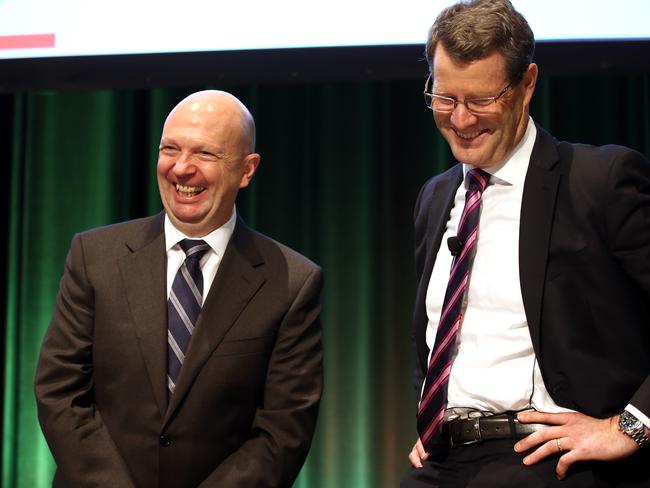
The end game, says Dr Mortimer, is about “mass customisation”. “We’ve moved away from mass marketing, the idea that we’ll build a product and people will buy it. Now it’s, how do I target one customer, but do it on a mass level?”
The data also gives the retailers valuable leverage with suppliers. “When Coles relaunched FlyBuys probably 10 years ago, one of the things they asked customers was to select their top five favourite products,” he said.
“What they were able to do very quickly was generate a list of top sellers, then they could go to their suppliers and say, we want extra volume, you give us a discount and we’ll buy in bulk.”
In a 2011 whitepaper, IBM explained how retailers could make use of predictive analytics to deliver a smarter shopping experience. There were four key types of data collected, the main one being transactional — exact details of every purchase through a store or website.
Then there’s descriptive data, which combines any self-declared information with third-party demographic data usually based on postcodes. Interaction data describes how customers interact with retailers, either through their websites or customer service centres.
Finally, this can be mixed with attitudinal data, which describes “why consumers do what they do”, based on sources such as survey data or collected from social media, blogs or forums.
“Predictive analytics lets retailers take all this data and determine underlying patterns (associations) and calculate primary, secondary and tertiary recommendations for that individual customer or customer segment,” IBM wrote.
“For instance, in applying market basket analysis, algorithms can reveal associations between products that are typically bought together.”
According to IBM, key insights might be: product A and B tend to be bought together; if a customer buys products C and D, they are extremely likely to buy product E; and multiple purchases with category W are common, and customers who make such purchases also tend to buy Y.
Dr Mortimer says the future of loyalty, as retailers around the world move away from long-term points-based schemes towards instant monetary rewards, will be instant customised offers.
“Already, French retailer Carrefour and US retailer Macys have begun using Near Frequency Communications [NFC], which ‘pushes’ targeted offers to their shoppers while they are in-store, or nearby,” he wrote in The Conversation.
“It is expected that the opt-in technology would be the natural evolution of loyalty programs, where members receive immediate and customised offers based on where they are standing and what they are looking at within a store.”


